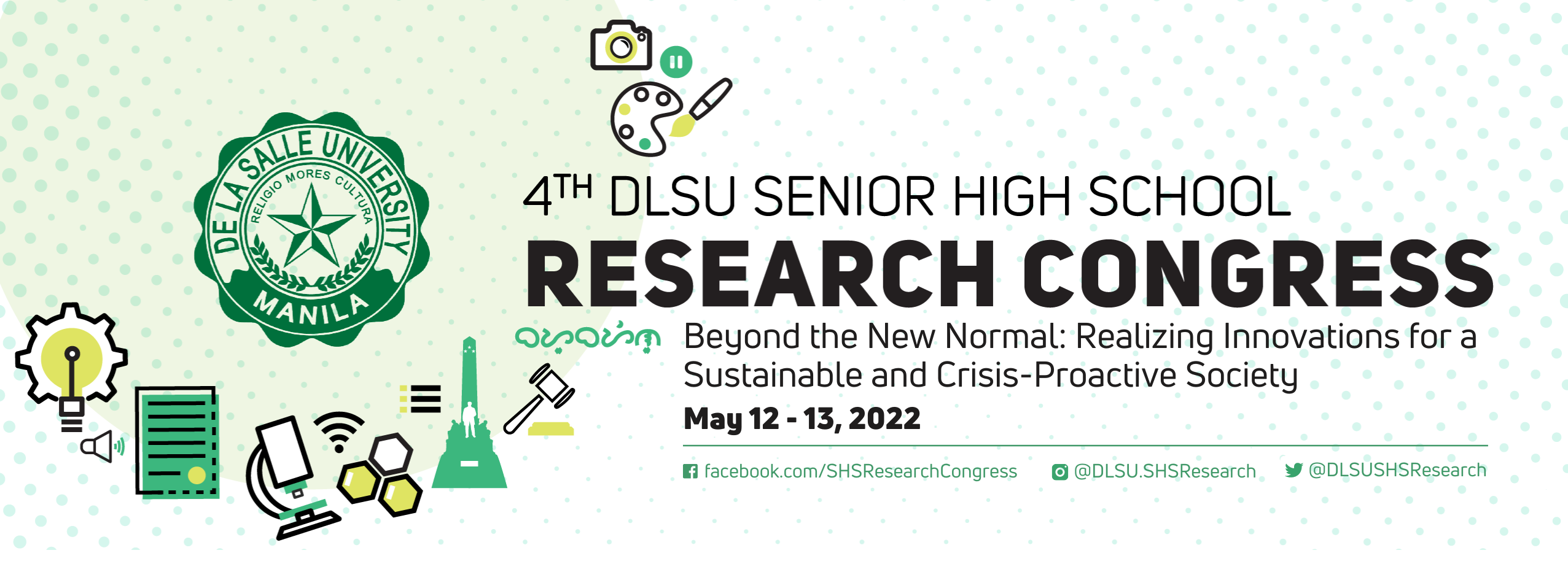Document Types
Poster Presentation
Research Advisor (Last Name, First Name, Middle Initial)
Judith J. Azcarraga
Start Date
13-5-2022 8:00 AM
End Date
13-5-2022 10:00 AM
Abstract/Executive Summary
Globally, people are faced with barriers to mental intervention due to a lack of resources, especially in low-income countries. Mental health chatbots have gained popularity due to their accessibility. However, the usability of a mental health chatbot designed to assess the mental well-being of Filipino teenagers is yet to be quantified. This paper aims to determine the acceptance of Filipino teenagers towards a chatbot as a medium to assess their mental well-being. This study presents a design for a conversation flow based on the Pediatric Symptom Checklist to create a text-based chatbot application verified by end-users and a psychologist. From the 42 teenage participants who tested the chatbot, there are opposing views regarding the acceptability of chatbots for mental assessments. Performance expectancy and perceived risk are the top constructs that influence intention to use. Participants reacted positively regarding mental health chatbots due to their accessibility and comfort in using the system, but noted that chatbots may not be accurate due to the lack of human interaction and behavioral detection factors. This suggests that chatbots may presently be used for psychological screening but not as a replacement for traditional assessment due to their lack of semantic features and inability to read non-verbal cues.
Keywords
chatbots; chatbot usability; mental health; human-computer interaction; Pediatric Symptom Checklist
Research Theme (for Paper Presentation and Poster Presentation submissions only)
Computer and Software Technology, and Robotics (CSR)
Included in
An Analysis on the Usability of a Mental Health Assessment Chatbot for Teenagers
Globally, people are faced with barriers to mental intervention due to a lack of resources, especially in low-income countries. Mental health chatbots have gained popularity due to their accessibility. However, the usability of a mental health chatbot designed to assess the mental well-being of Filipino teenagers is yet to be quantified. This paper aims to determine the acceptance of Filipino teenagers towards a chatbot as a medium to assess their mental well-being. This study presents a design for a conversation flow based on the Pediatric Symptom Checklist to create a text-based chatbot application verified by end-users and a psychologist. From the 42 teenage participants who tested the chatbot, there are opposing views regarding the acceptability of chatbots for mental assessments. Performance expectancy and perceived risk are the top constructs that influence intention to use. Participants reacted positively regarding mental health chatbots due to their accessibility and comfort in using the system, but noted that chatbots may not be accurate due to the lack of human interaction and behavioral detection factors. This suggests that chatbots may presently be used for psychological screening but not as a replacement for traditional assessment due to their lack of semantic features and inability to read non-verbal cues.


